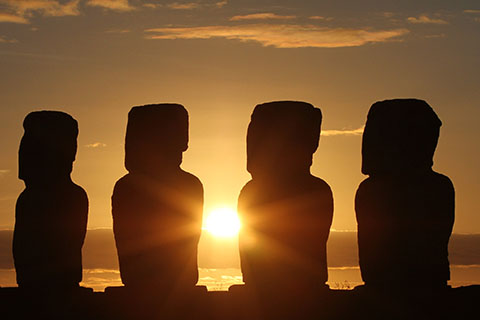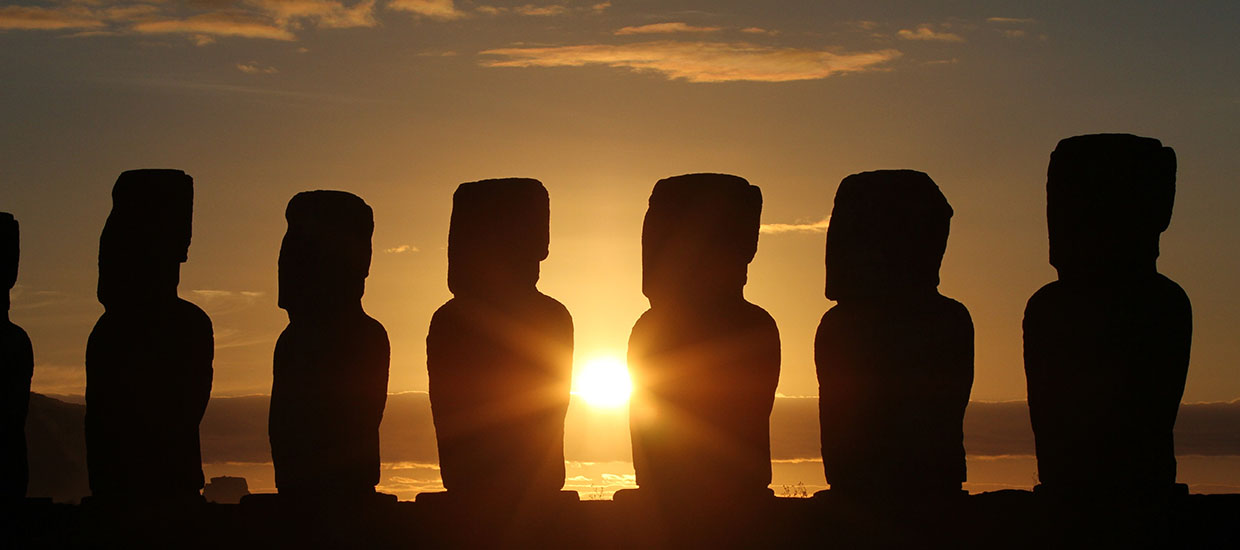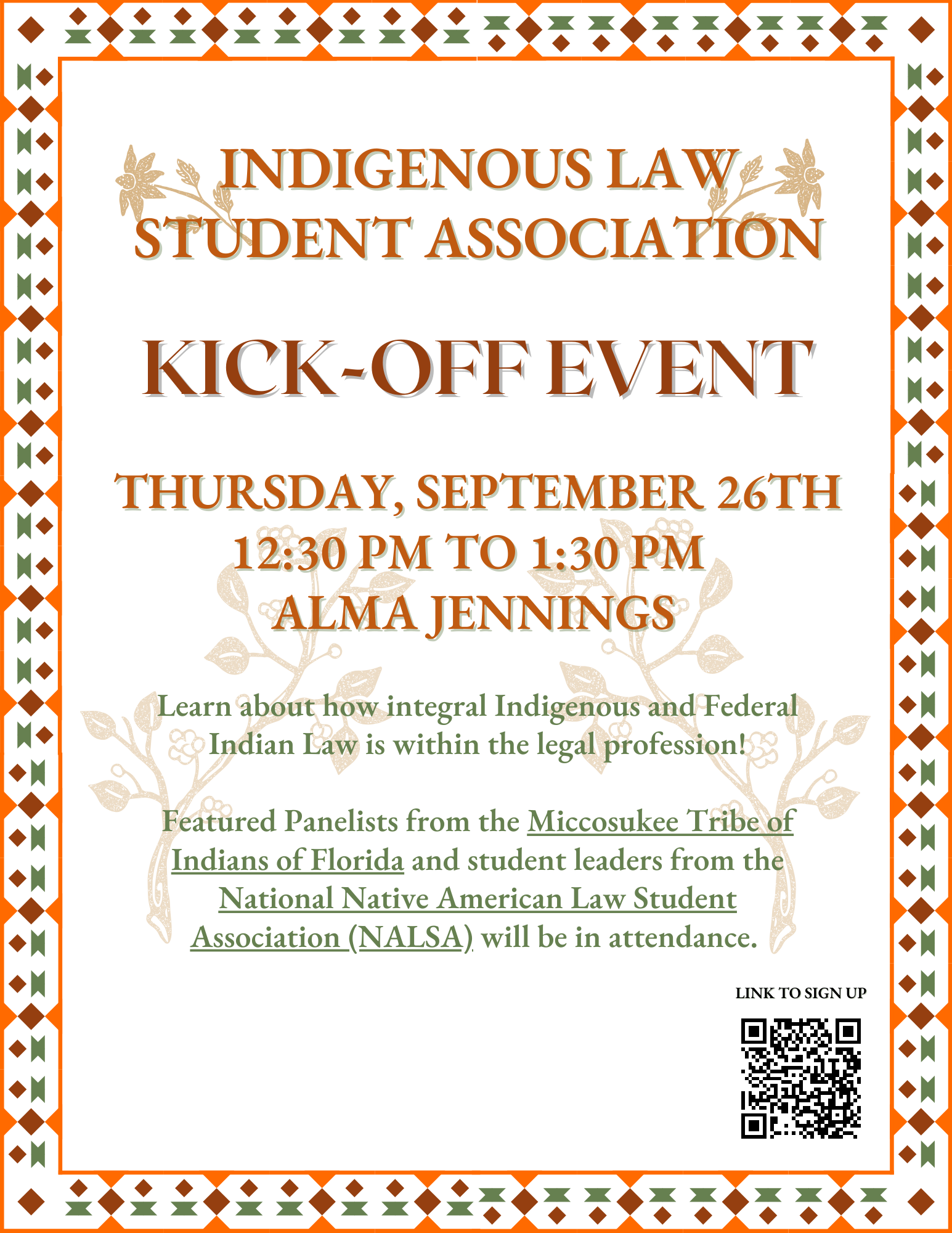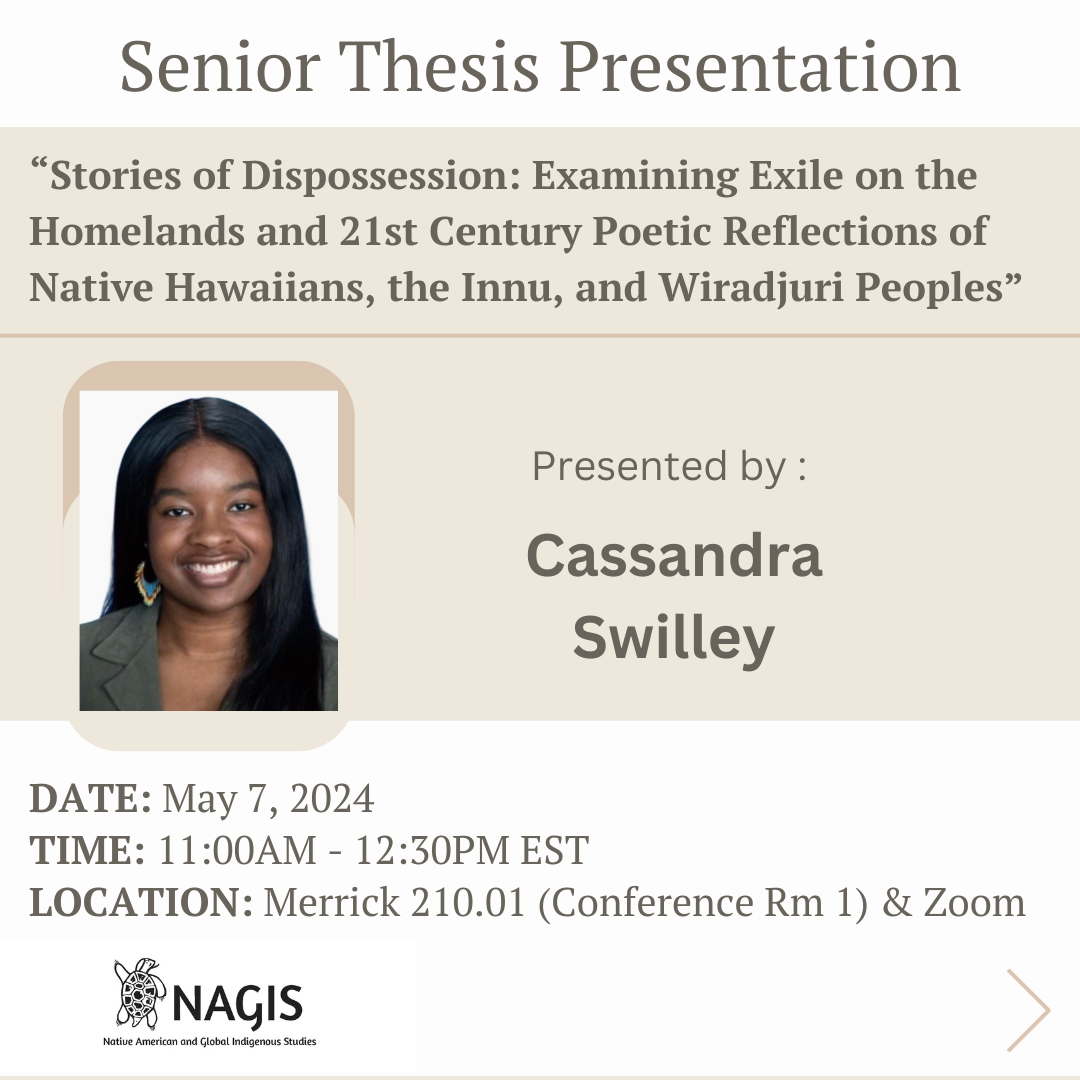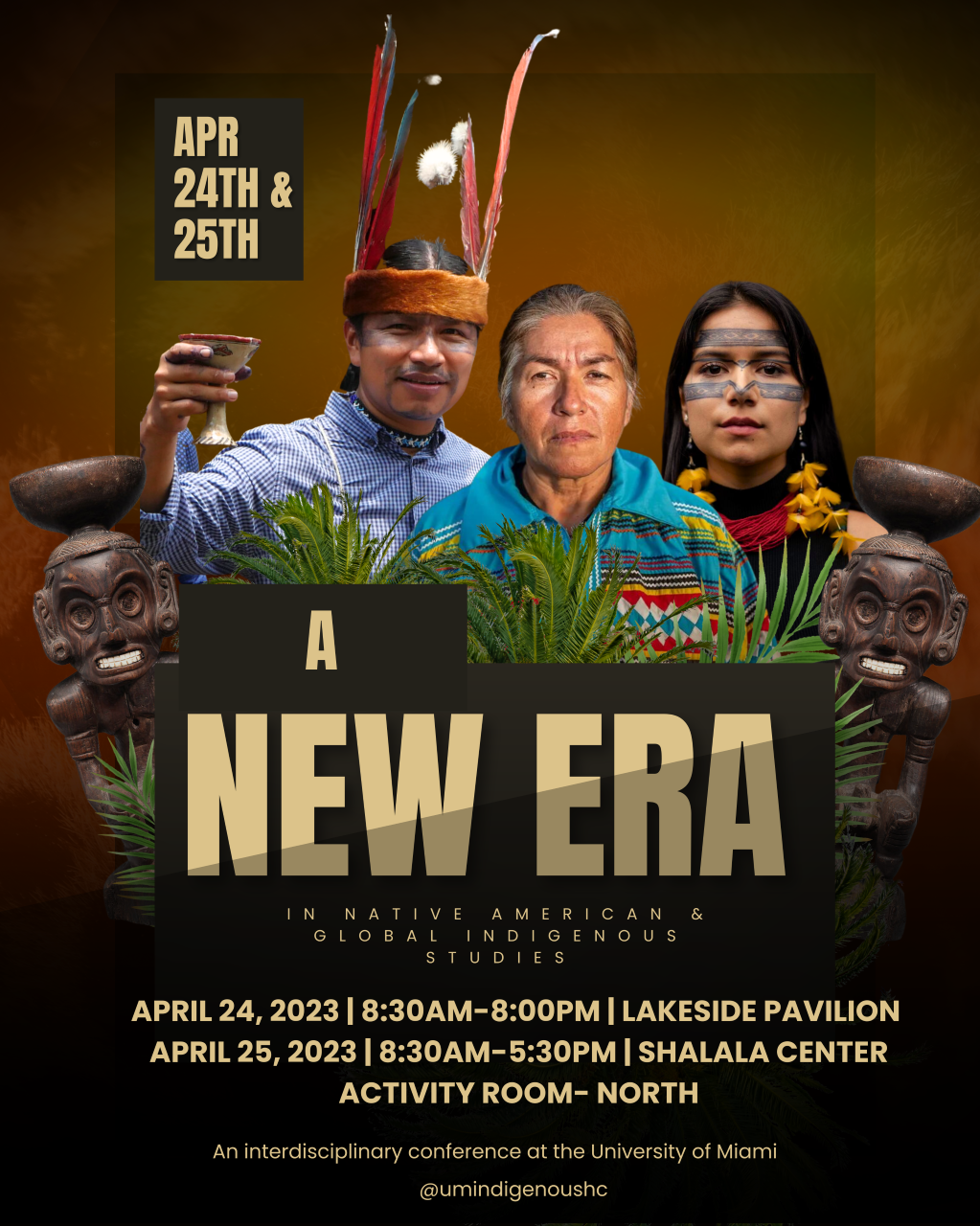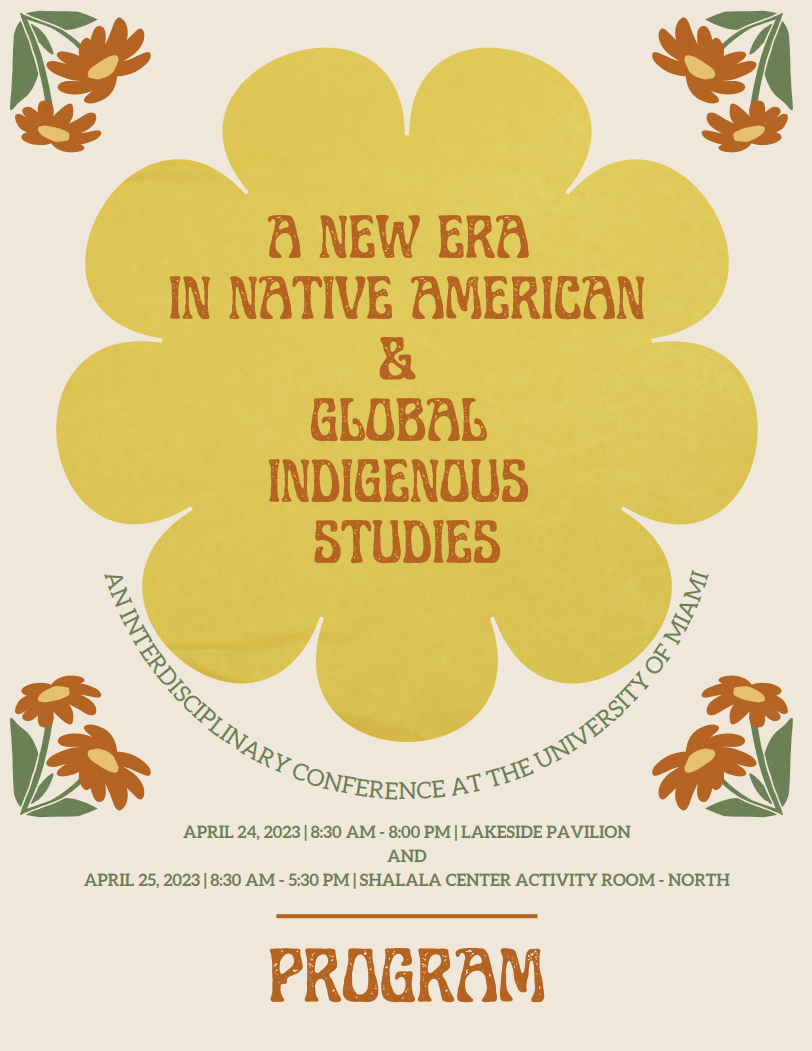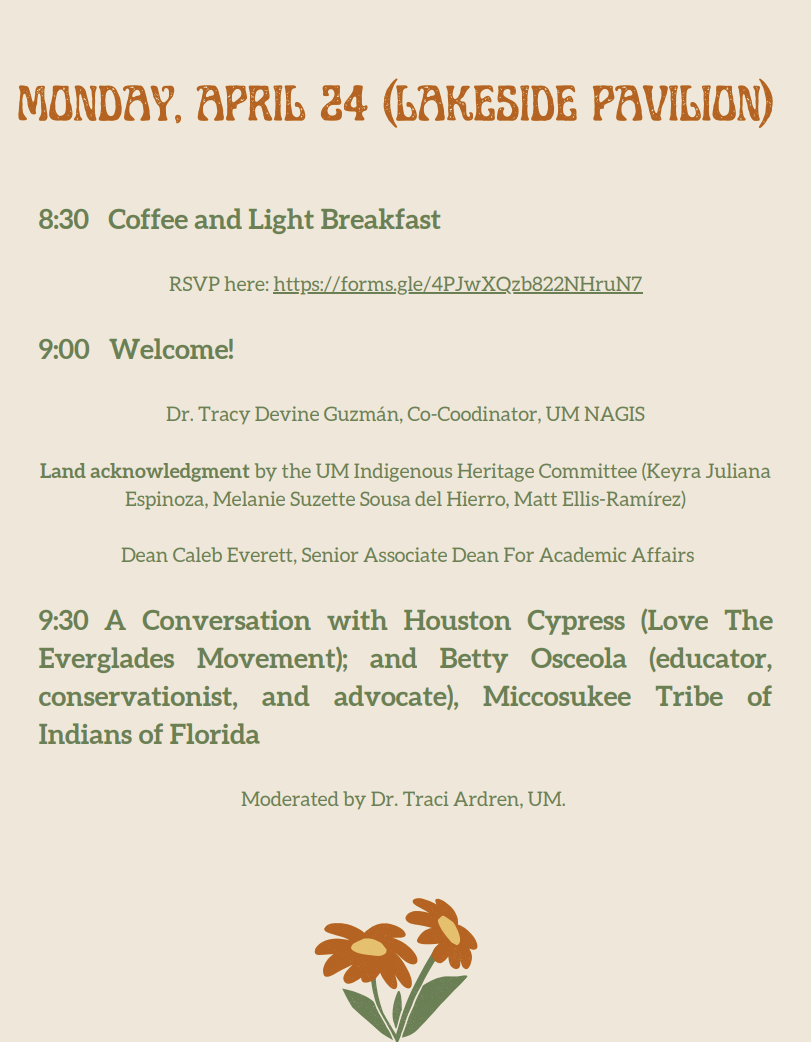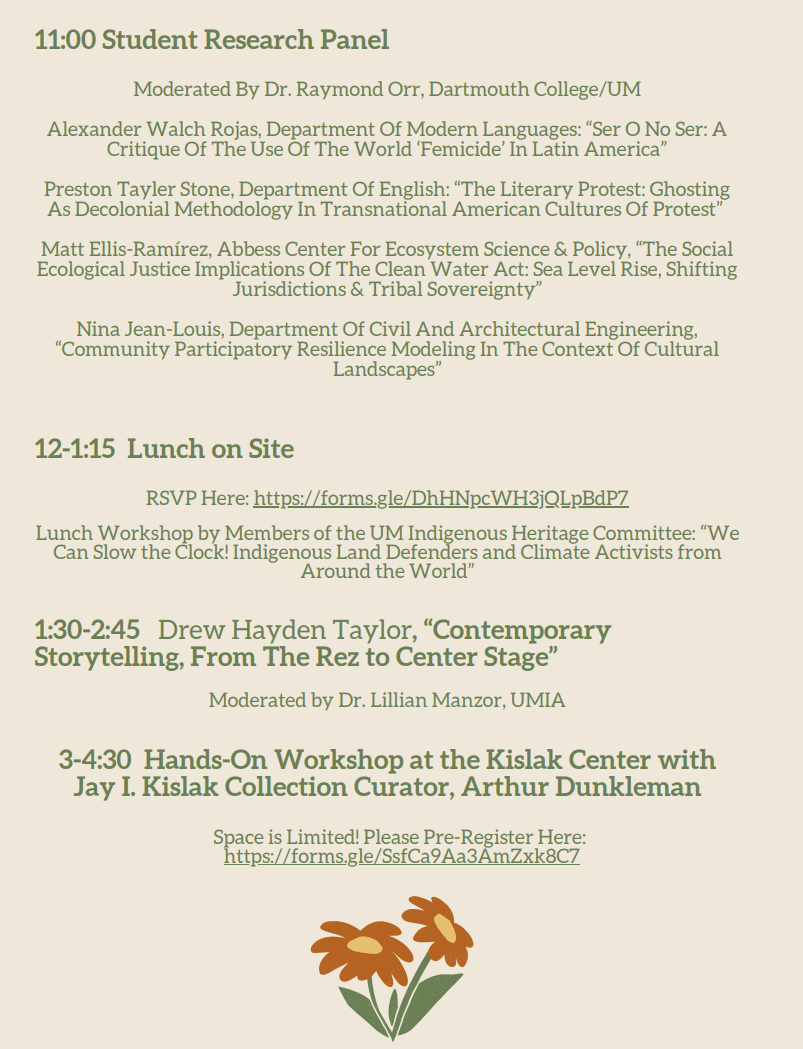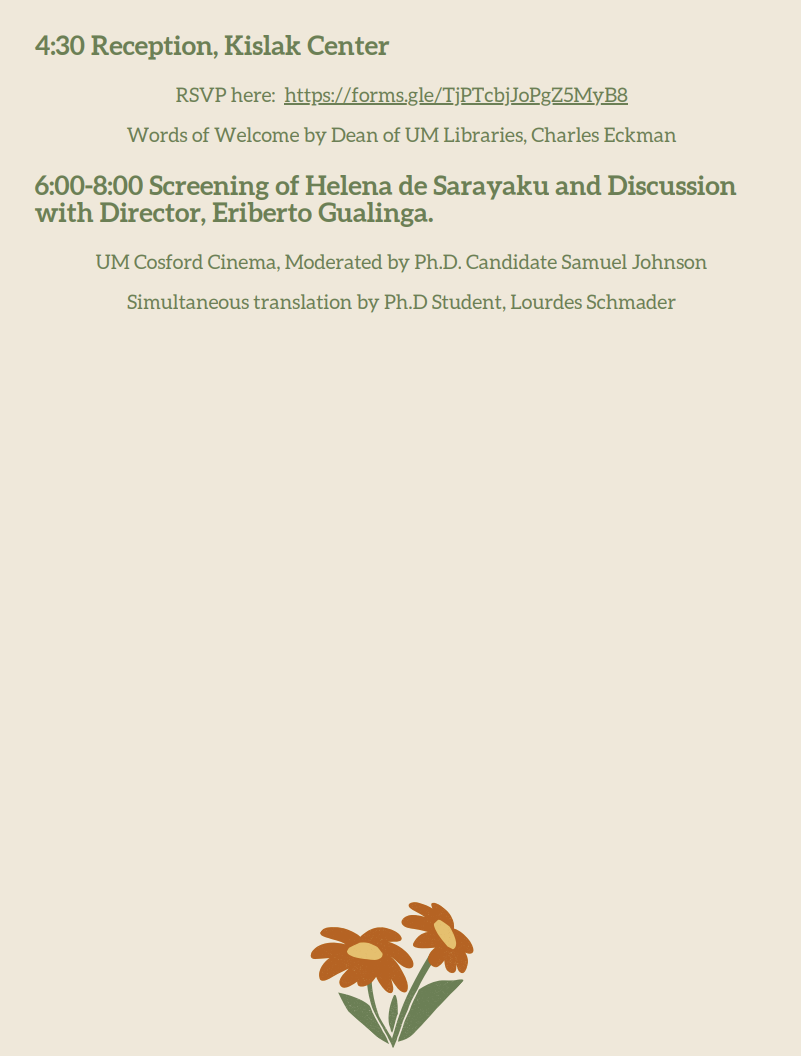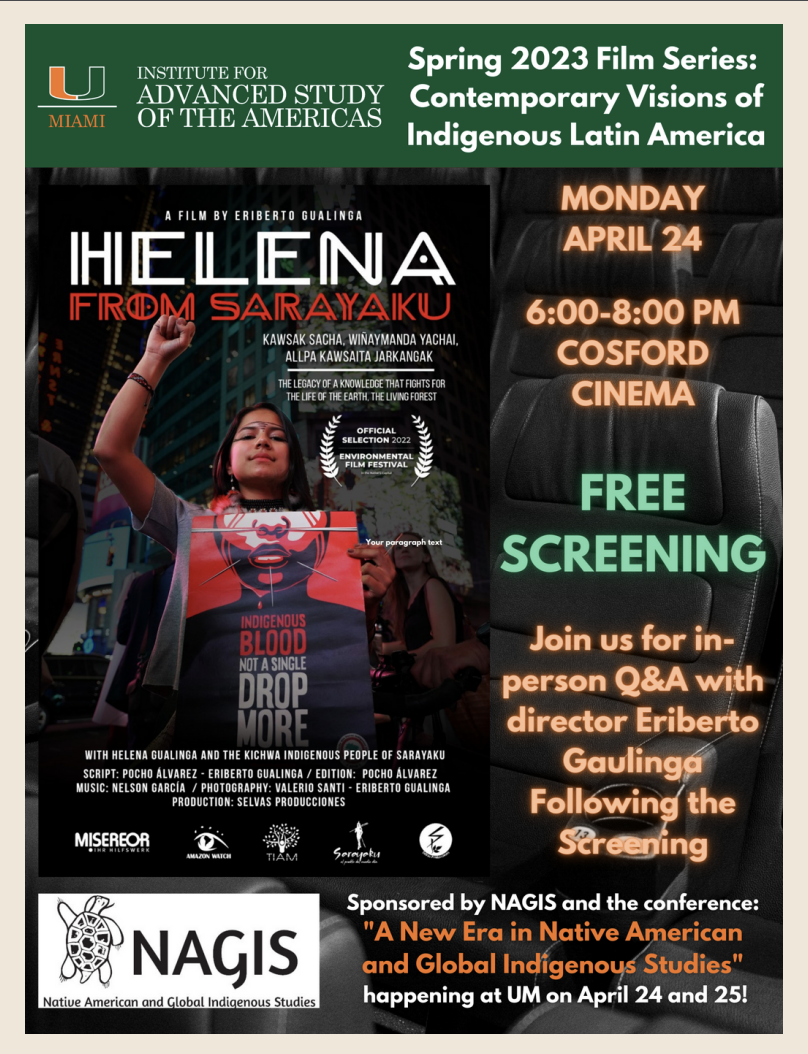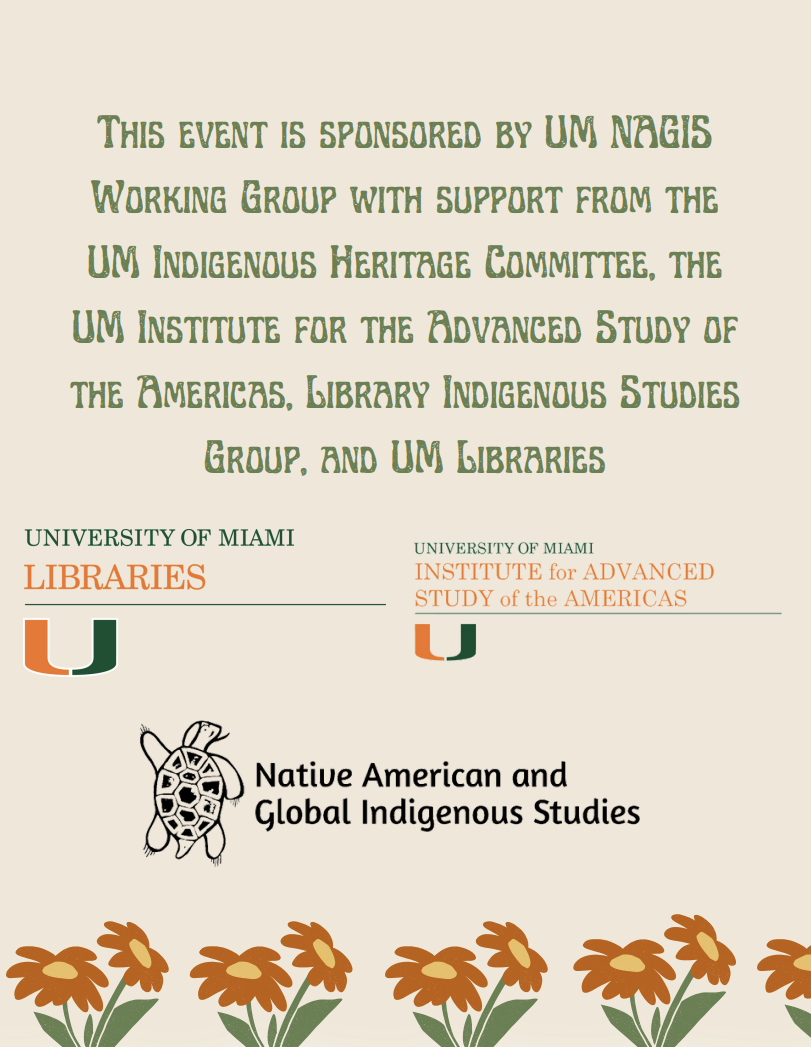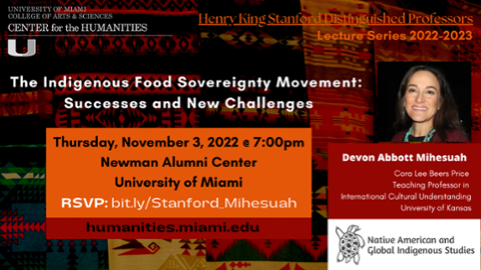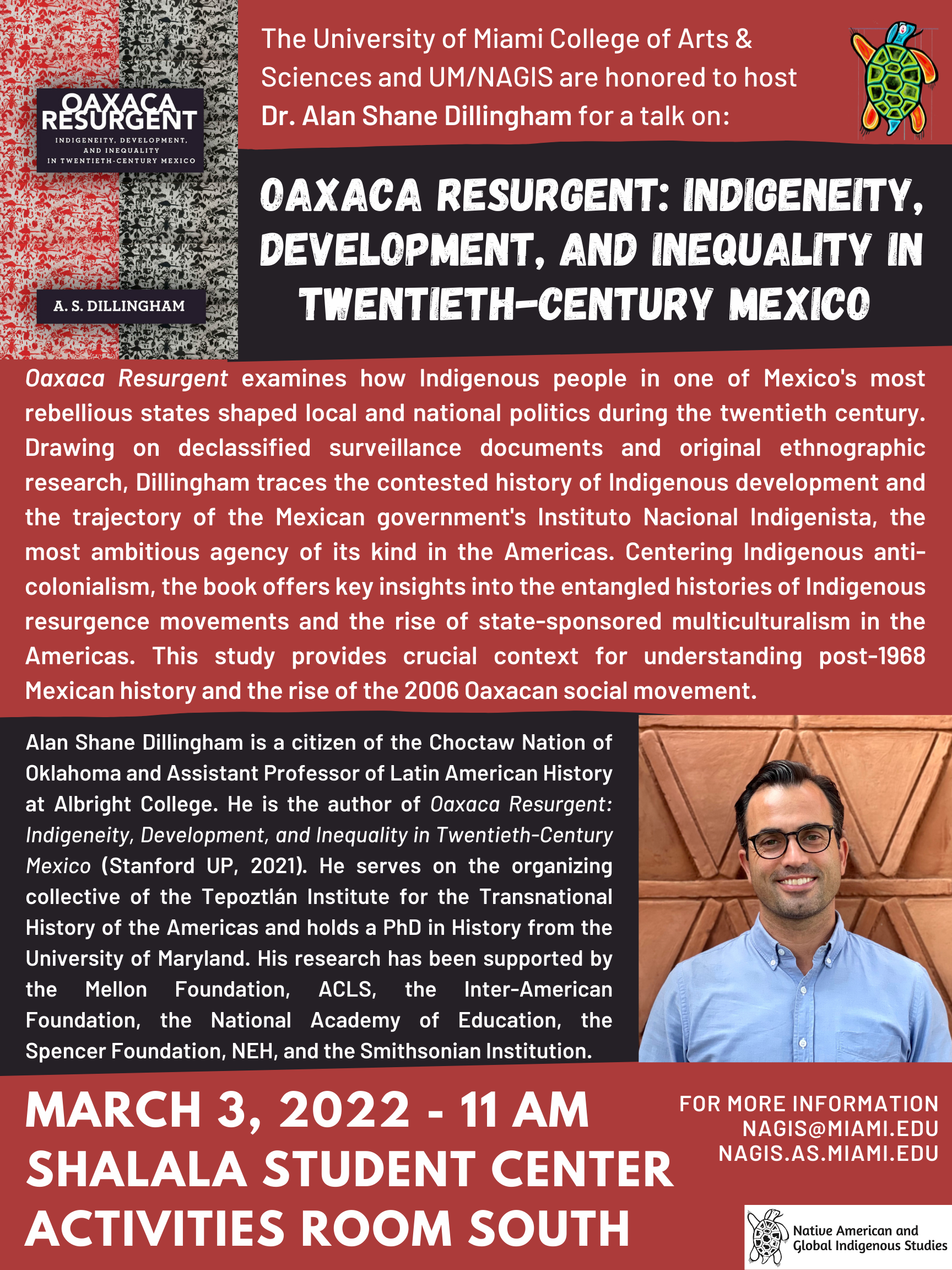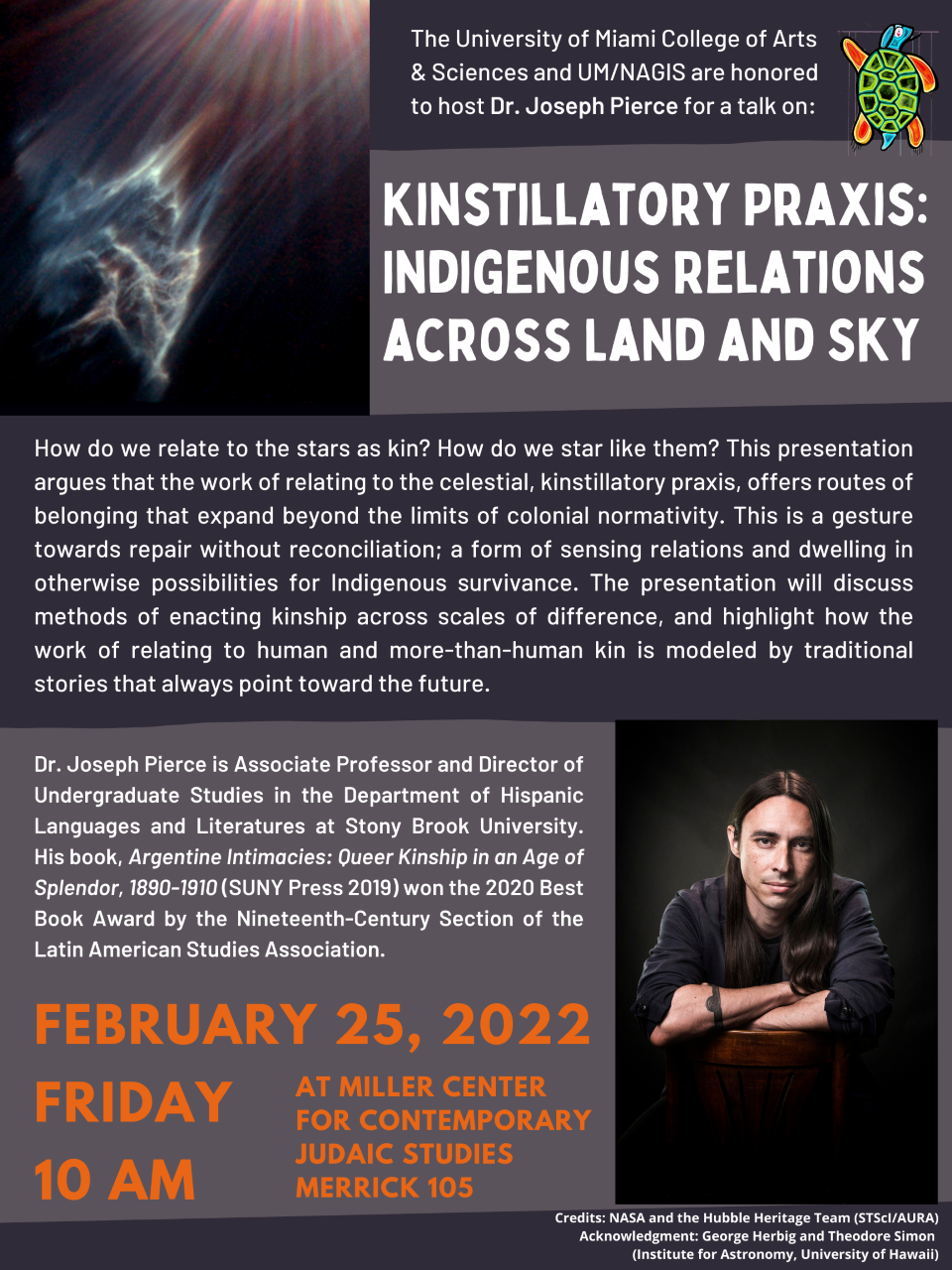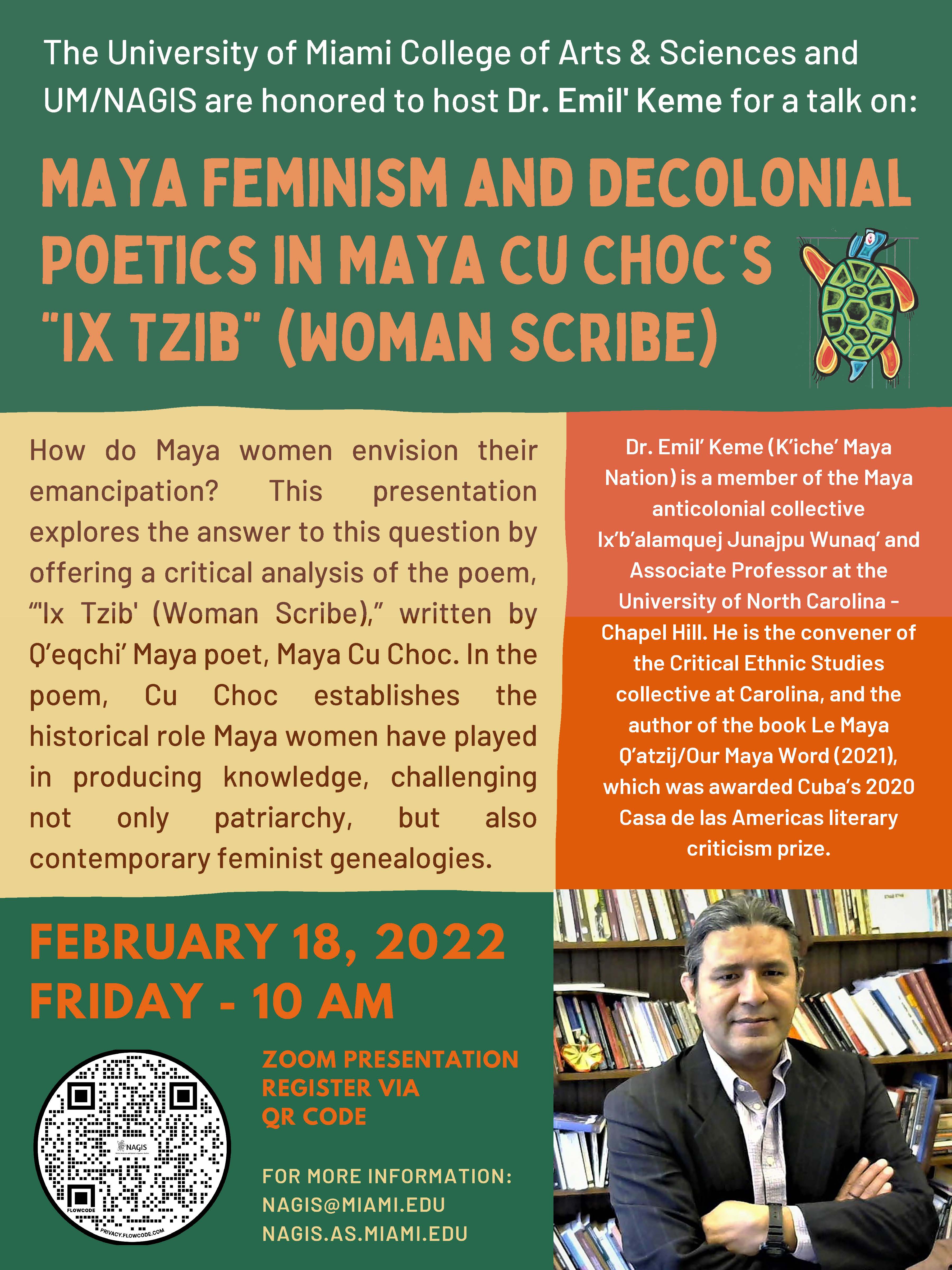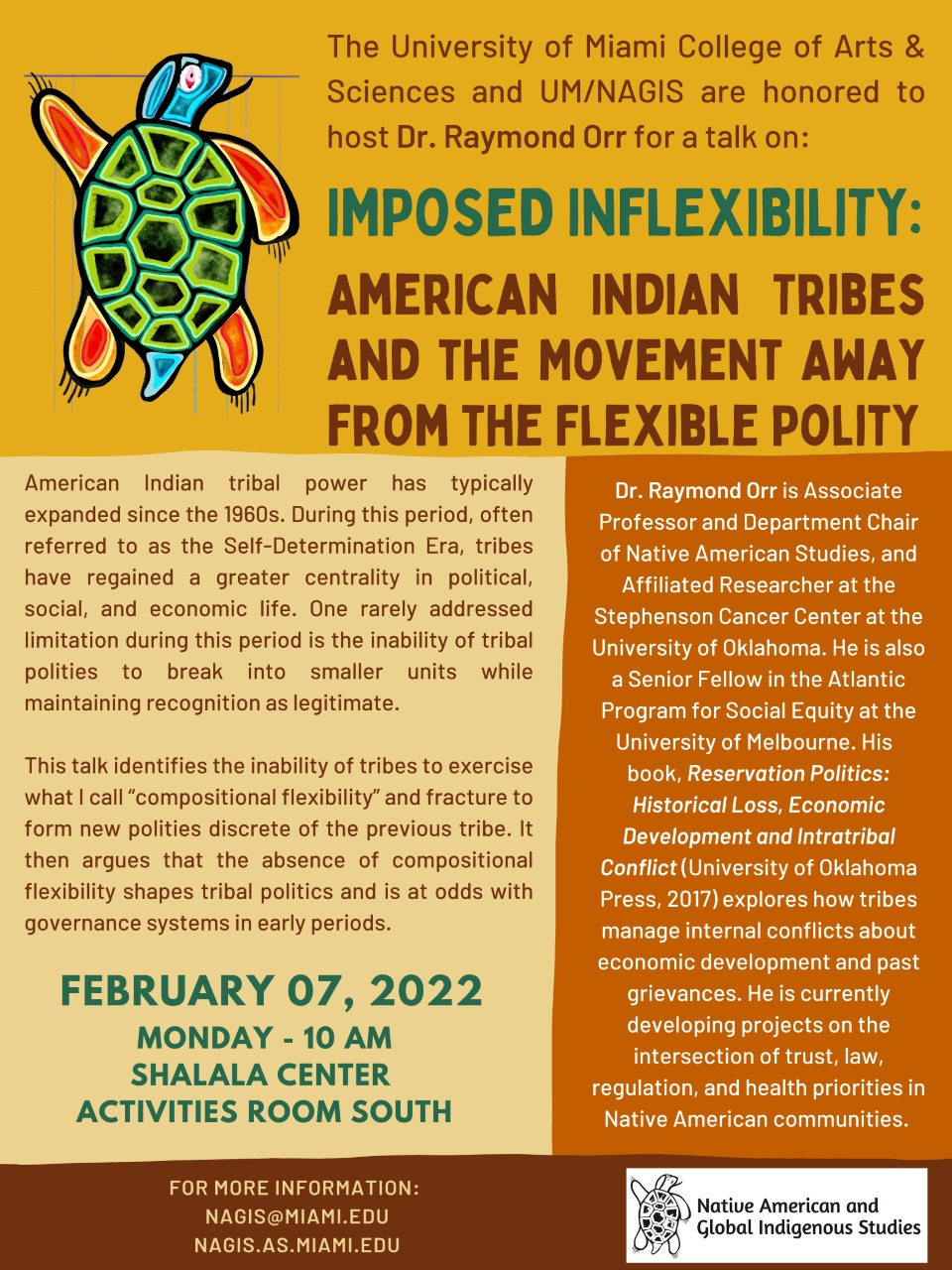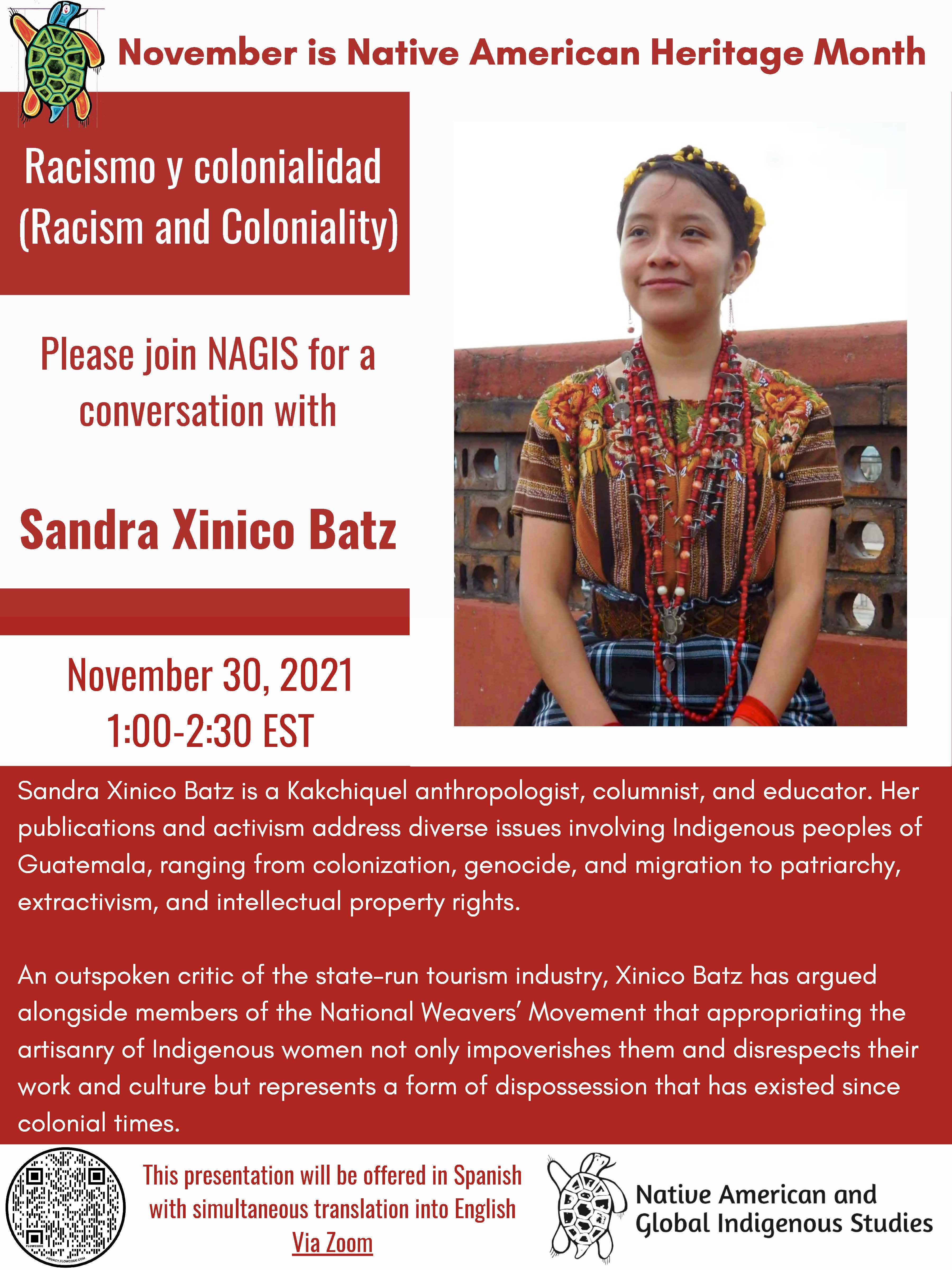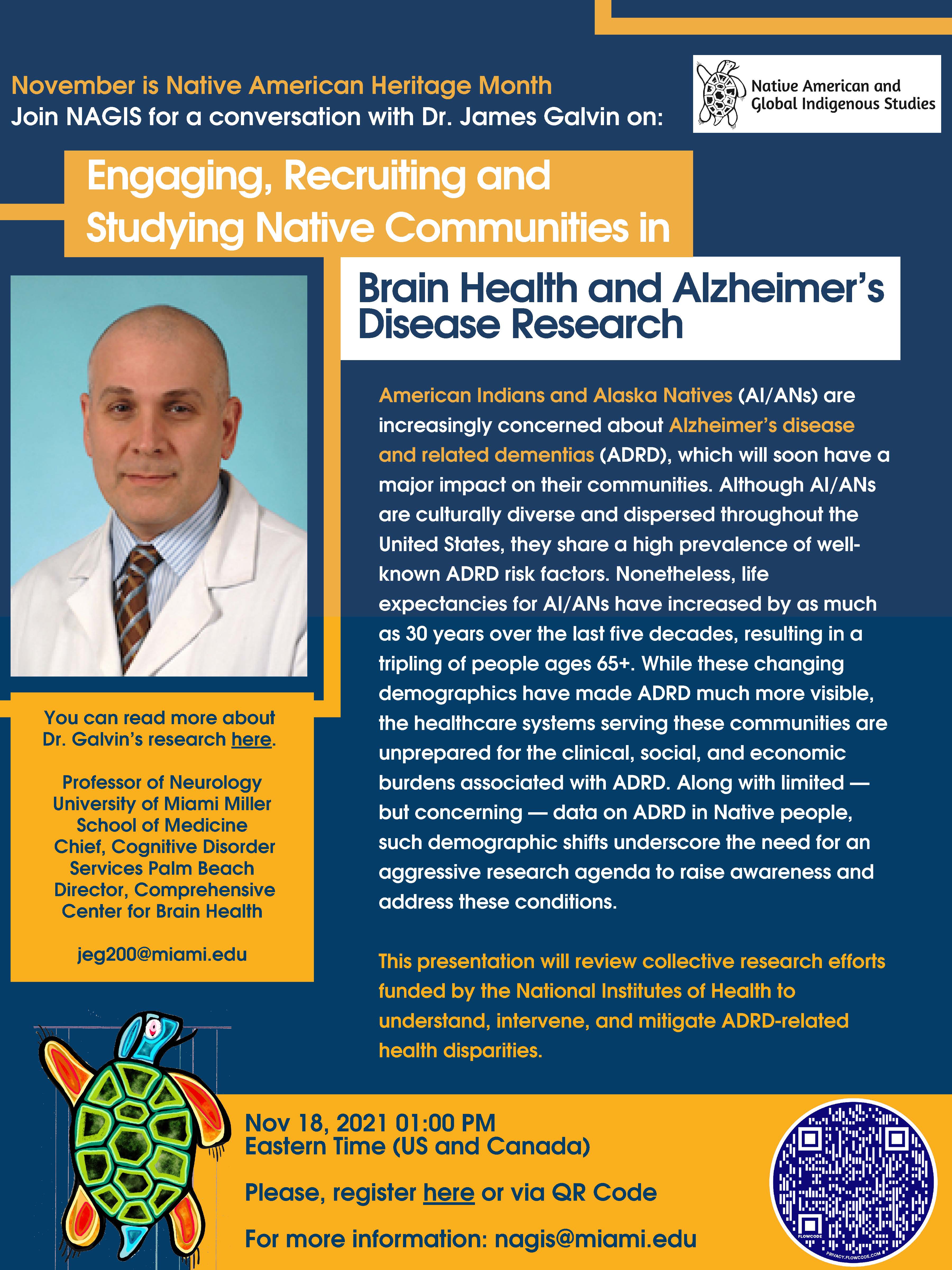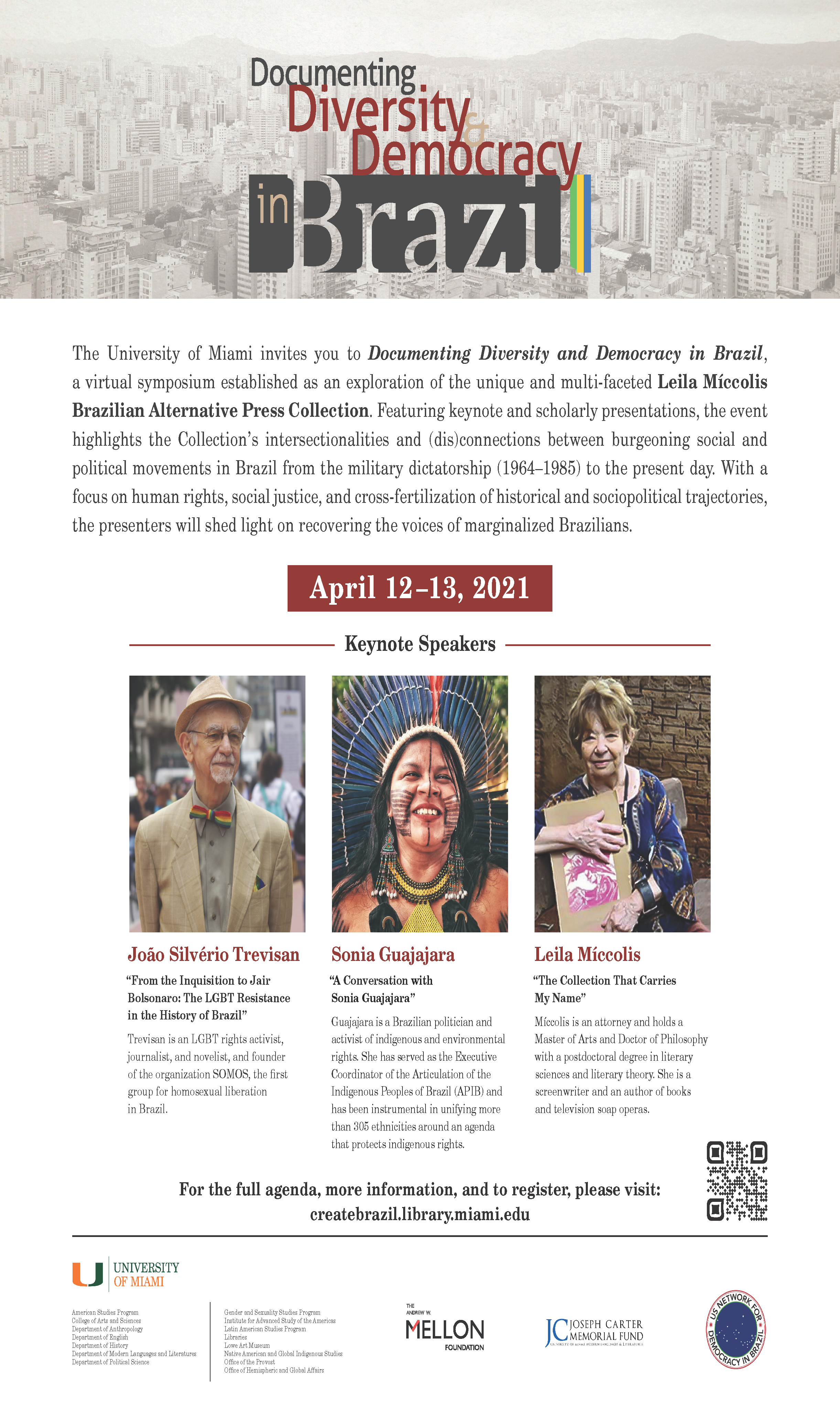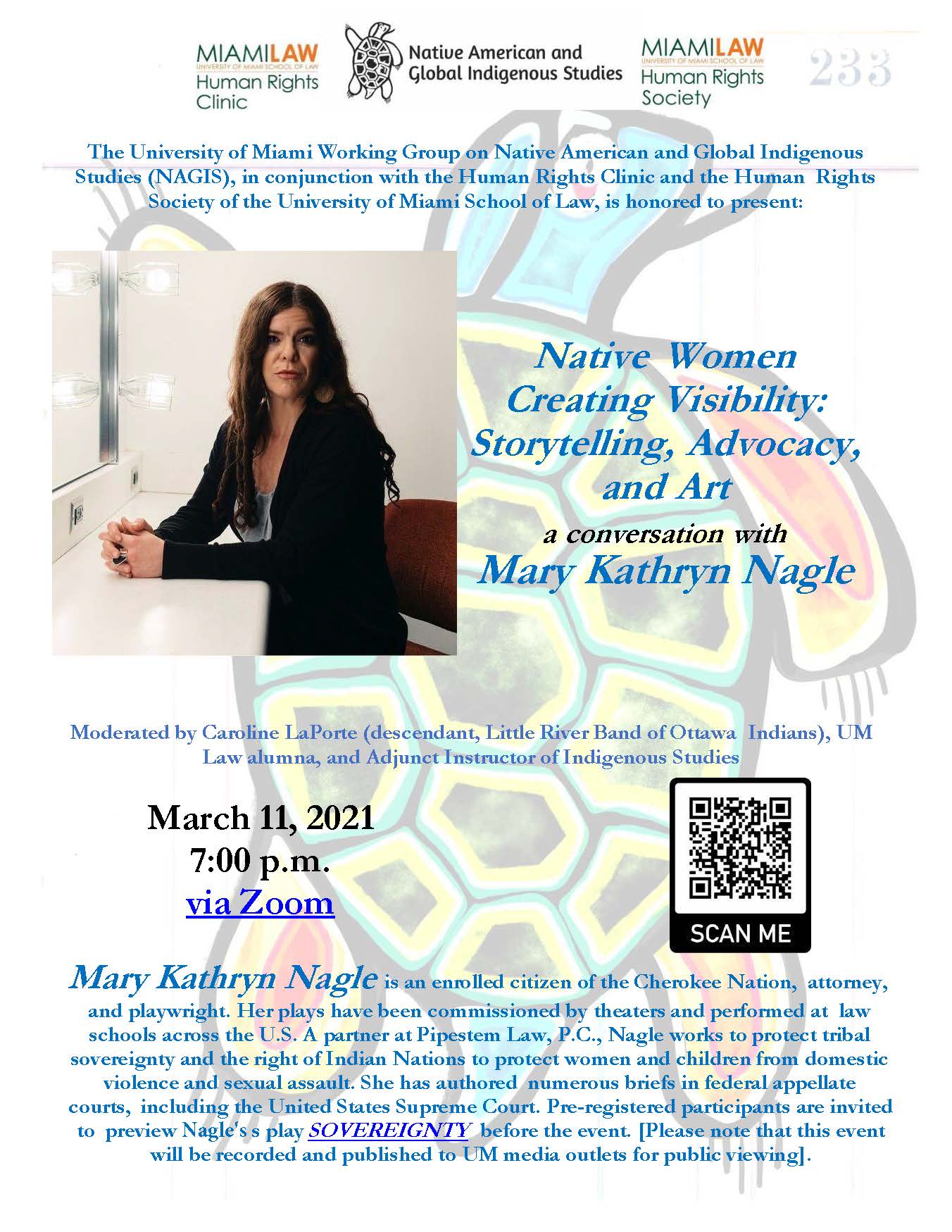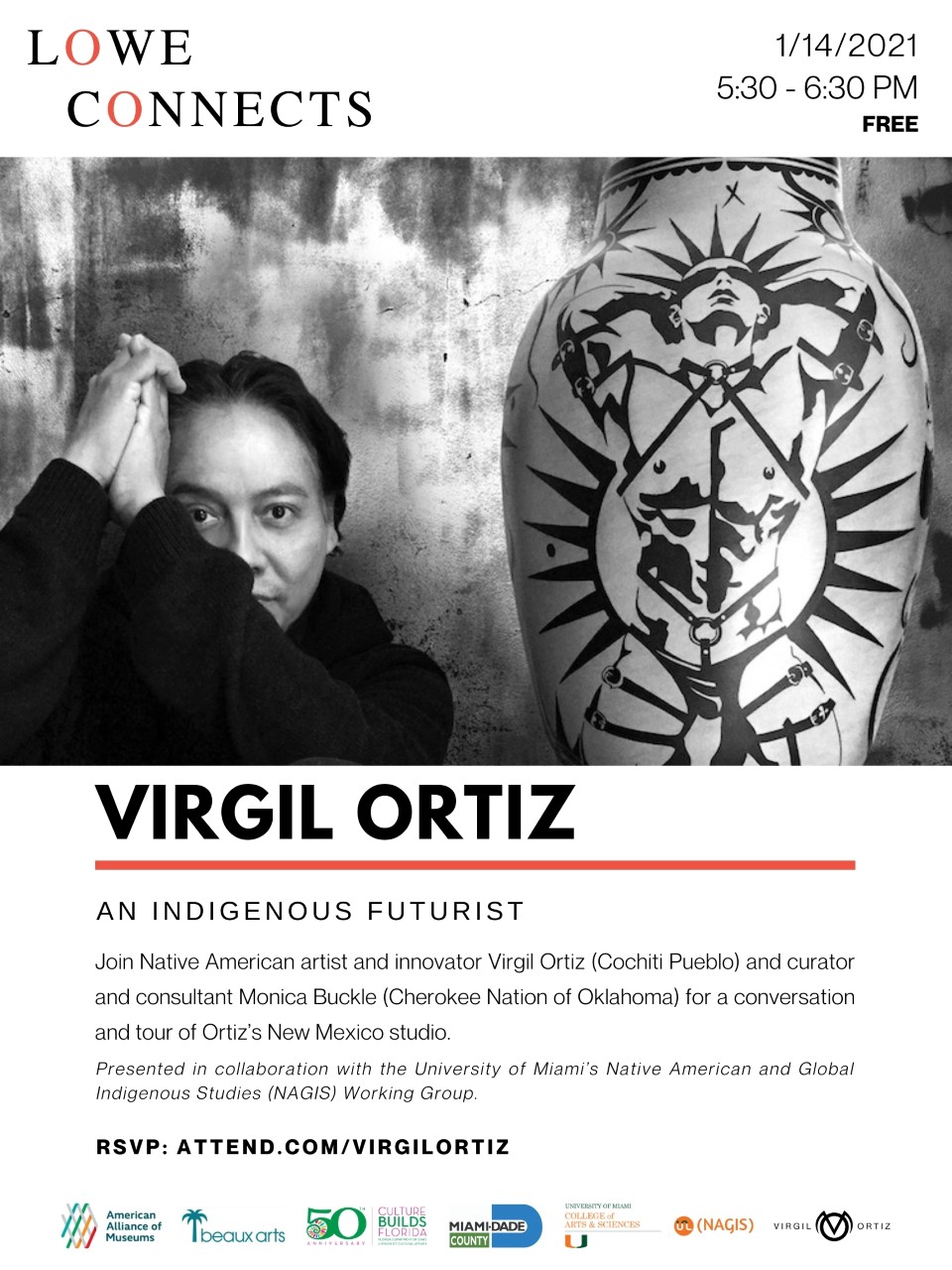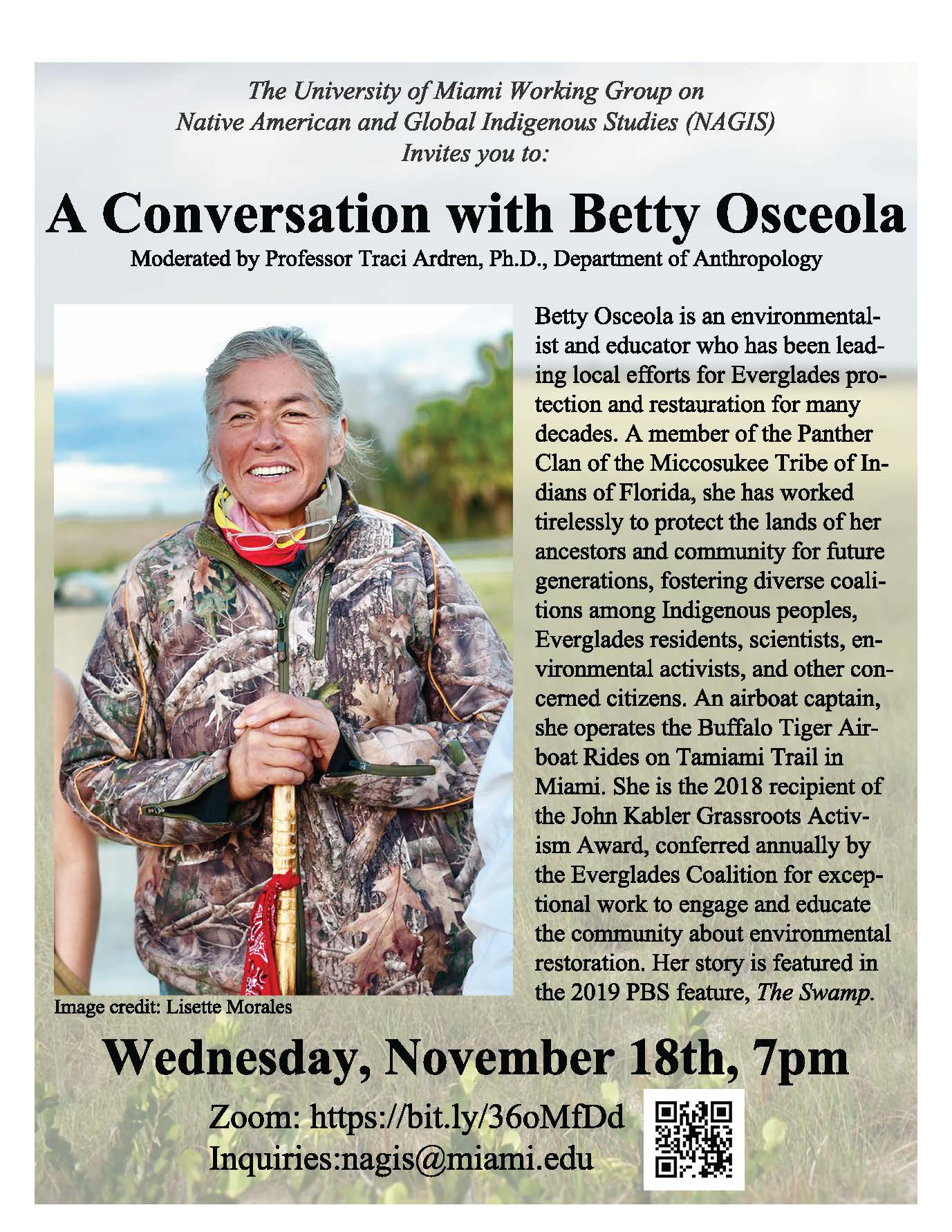Register here for the event.
Co-sponsored by: HistoryMiami Museum; Kislak Center at the Museum of Art and Design, Miami Dade College; and the University of Miami’s Center for the Humanities, Lowe Art Museum, NAGIS (Native American and Global Indigenous Studies), and LISG (Libraries Indigenous Studies Group).
Rapid redevelopment of downtown Miami continued to reveal further evidence of the original peoples who lived at the mouth of the Miami River. Known since Spanish contact as the Tequesta, these expert fisher-hunter-gatherers lived for thousands of years in hardwood hummocks along both banks of the river at the edge of Biscayne Bay. Archaeological and documentary evidence of Tequesta life abounds but remains little known to the public. Traci Ardren, a leading scholar of the pre-Hispanic world, explains what we know about Tequesta lifeways, how we know it, and the important lessons Tequesta culture can provide Miamians struggling to manage rising sea levels and an imperiled ecosystem. Introduced by Dr. Carol Damian, Curator of MDC’s Kislak Center, Dr. Ardren places the recent excavations near the Miami Circle, and other components of the ancient capital of the Tequesta, such as the Met Square development, into the context of the deep history of Indigenous cultural accomplishments in South Florida.
Traci Ardren is an anthropological archaeologist interested in New World prehistoric cultures. Her research focuses on issues of identity and other forms of symbolic representation in the archaeological record, especially the ways in which differences are explained through gender. Current preoccupations include the role of cuisine in identity formation in the later periods of Classic Maya culture and prehistoric southern Florida, as well as the many ways plants manipulated human activities. Traci co-directs the Matecumbe Chiefdom Project looking at the political organization and environmental adaptation of the pre-Hispanic occupants of the Florida Keys and adjacent areas of southern Florida. She grew up in and around the Ringling Museum of Art, and the many ways in which objects are allowed to convey our wants and needs is a lifelong fascination.
HistoryMiami Museum
101 West Flagler Street Miami, FL 33130
Please see the information below for travel options to HistoryMiami Museum.
Getting to HistoryMiamiMuseum
By vehicle:
Miami-Dade Cultural Center Garage, 50 NW 2nd Avenue, Miami, Florida
Take the south elevator to the 2nd floor exit. Exit this floor and follow the pathway across a covered, above street level footbridge that leads directly to the Miami-Dade Cultural Plaza. Parking for Museum visitors with validation is a flat rate of $5. Parking may be validated at the Museum’s Visitor Services desk.
Public Transportation
Follow these links to plan your trip using the Metrorail, Metromover, Metrobus, City of Miami trolley or City of Coral Gables trolley.



